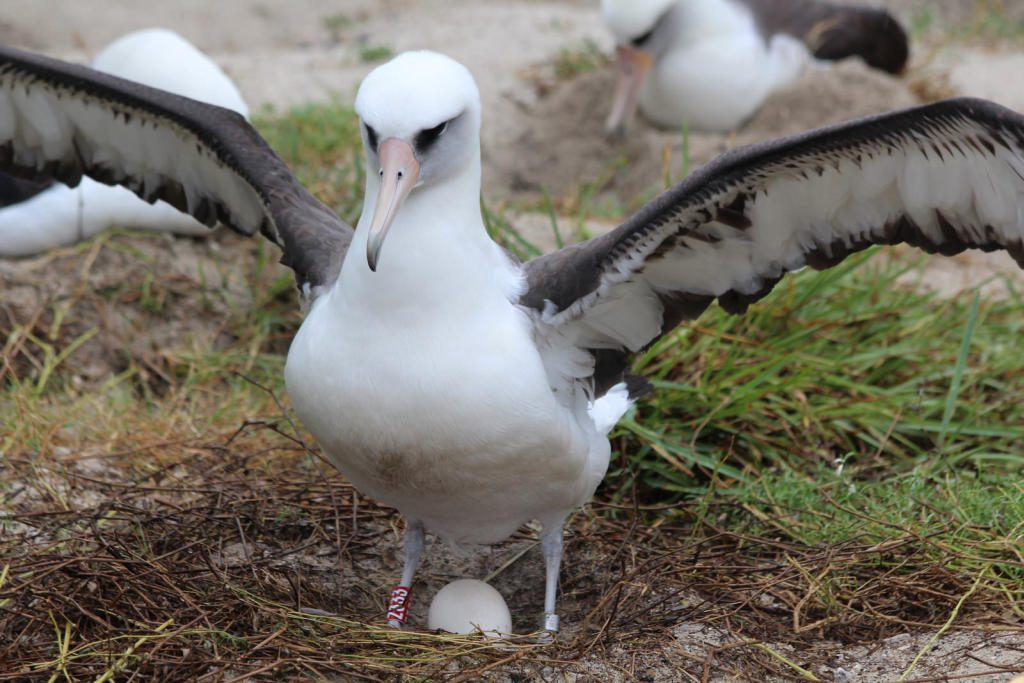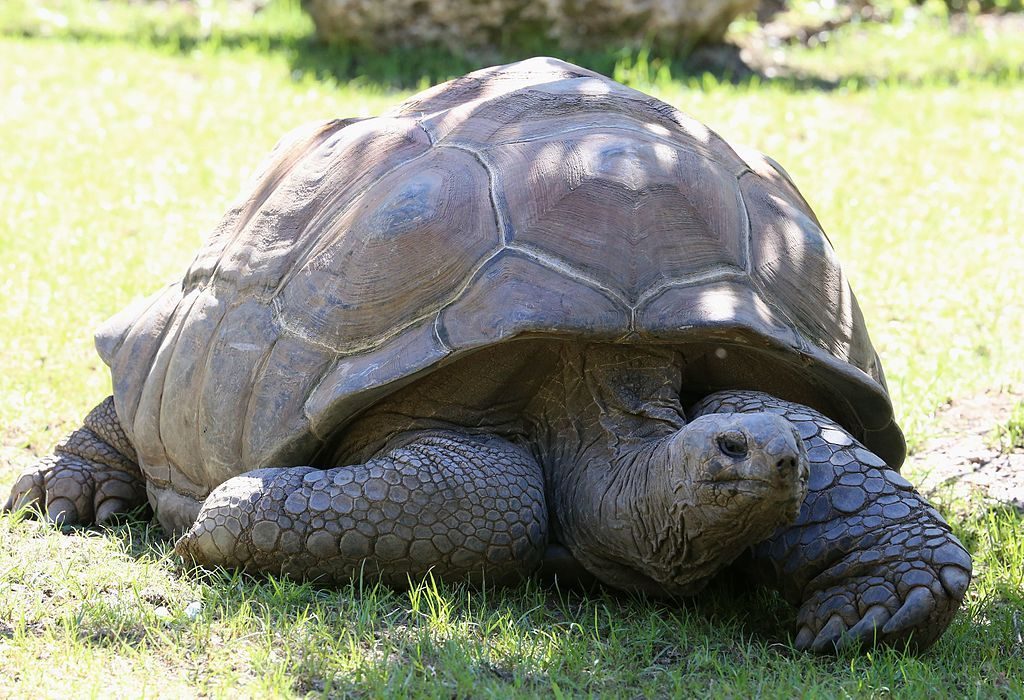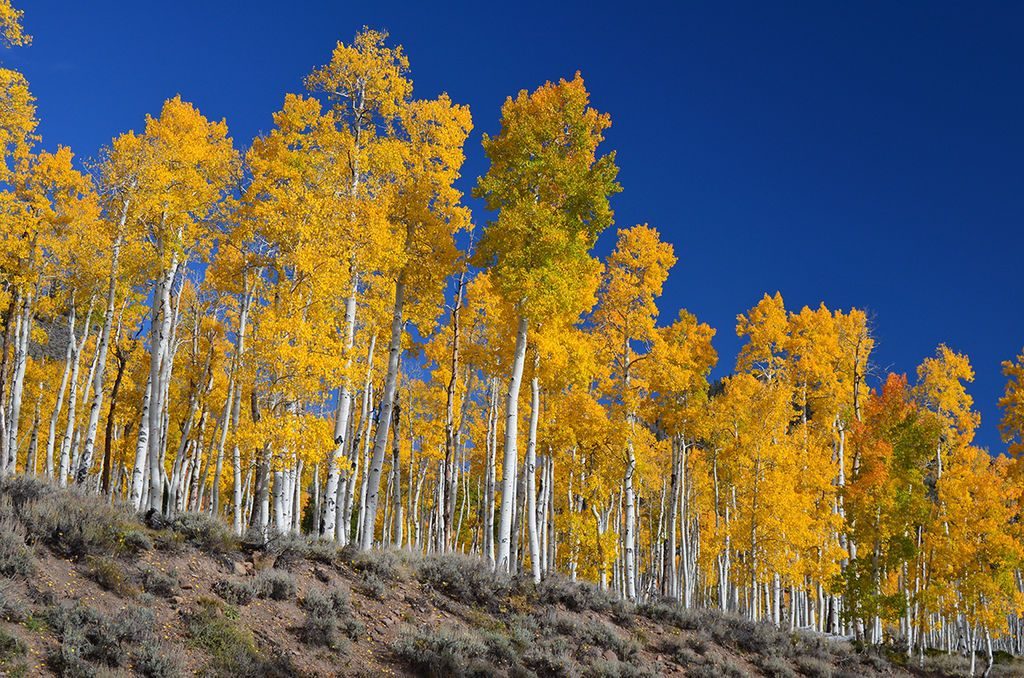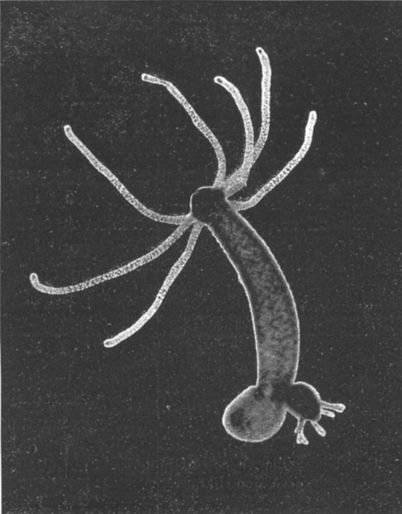
5 October 2019
This morning I found a fascinating list of longest-lived organisms. Here’s a sampling, young to old.
The longest living bird on earth is Wisdom, a female Laysan albatross who was banded as an adult at Midway Atoll in 1956. Since her species cannot breed until it’s five years old and usually delays breeding until age seven or eight, Wisdom was at least 68 years old last November (maybe >70) when she returned to Midway to lay her annual egg, shown above. Like all of her species she spends most of her life at sea.
The longest-lived terrestrial animal is the Aldabra giant tortoise (Aldabrachelys gigantea) of the Aldabra Atoll in the Seychelles. An individual named Adwaita lived to be 225 years old at the Kolkatta (Calcutta) Zoo. Unfortunately this species is vulnerable to extinction. It is sadly ironic that they outlive us but may not outlast us as a species.

The world’s oldest living clonal organism is a stand of quaking aspens (Populus tremuloides), nicknamed Pando, that covers 106 acres near Fish Lake, Utah. The stand is a single “tree” whose trunks are shoots from a single clonal root. Pando is thought to be 80,000 years old but that’s the conservative estimate. It may be as much as 1 million years old.

And finally, for a really long life you can’t beat immortality. Hydras do not undergo aging so they’re considered biologically immortal. They can live forever, theoretically.

My husband’s grandmother once said, “There’s such a thing as living too long.”
For a list of the longest-lived organisms, see this link at Wikipedia.
(photos from Wikimedia Commons; click on the captions to see the originals)
As George Burns said when he turned 100 . . . “If I’d have known I was going to live this long, I’d have taken better care of myself.